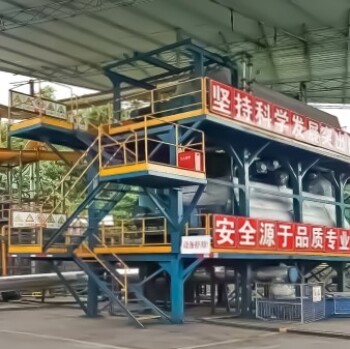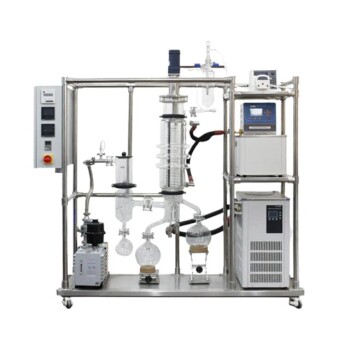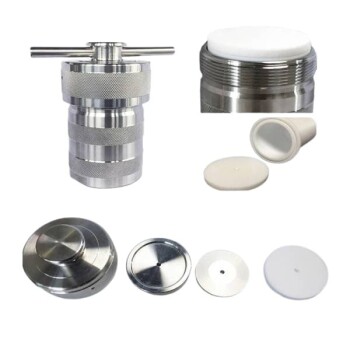The disadvantages of pyrolysis, including both plasma pyrolysis and biomass pyrolysis, can be summarized as follows:
1. High initial investment: Compared to alternatives like incineration and landfills, pyrolysis requires a large initial investment. This can make it less economically feasible, especially for smaller-scale or domestic use.
2. High operating costs: Pyrolysis, particularly plasma pyrolysis, can have higher operating costs compared to other methods such as incineration. This can be attributed to factors such as energy consumption and the need for specialized equipment and skilled personnel.
3. Limited availability: Pyrolysis plants are not widely available across the country. This can limit the accessibility and implementation of the technology, especially in areas where waste management infrastructure is lacking.
4. High energy consumption: Both plasma pyrolysis and biomass pyrolysis require high temperatures and long residence times, resulting in high energy consumption. This can increase the overall energy costs of the process, making it less energy-efficient.
5. Product variability: The quality and composition of the final products obtained from pyrolysis can vary depending on factors such as feedstock and process conditions. This variability can impact the usability and marketability of the end products.
6. Environmental concerns: Biomass pyrolysis, if not properly controlled, can lead to the release of pollutants such as volatile organic compounds (VOCs) and particulate matter (PM). This can have negative environmental impacts and pose health risks.
7. Separation and purification challenges: Pyrolysis often produces a mixed product stream that requires further separation and purification before it can be used. This process can be complex, time-consuming, and add to the overall cost of the process.
8. Feedstock limitations: The suitability of pyrolysis for different types of feedstock and locations can vary. Certain feedstocks may not be suitable for the process, and the availability of suitable feedstocks can also be a limiting factor.
9. Technical challenges: Scaling up the pyrolysis process can present technical challenges. It may require further research and development to improve process efficiency, product yields, and address any technical limitations.
Overall, while pyrolysis offers several benefits such as waste reduction and the production of valuable by-products, it also has several disadvantages that need to be considered when evaluating its feasibility and implementation.
Looking for reliable and efficient laboratory equipment for your pyrolysis process? Look no further! KINTEK, the leading laboratory equipment supplier, offers state-of-the-art equipment specifically designed for pyrolysis applications. Our high-quality and advanced instruments will help you overcome the disadvantages associated with pyrolysis, such as process complexity, variability of feedstock, and potential pollution. With our specialized equipment, you can optimize your pyrolysis process, ensure product consistency, and reduce energy consumption. Don't let the challenges of pyrolysis hold you back - choose KINTEK for all your laboratory equipment needs. Contact us today to learn more and revolutionize your pyrolysis operations!












